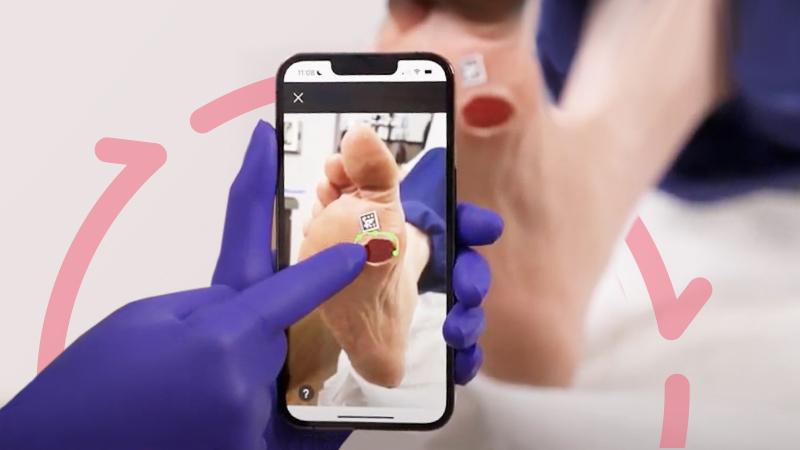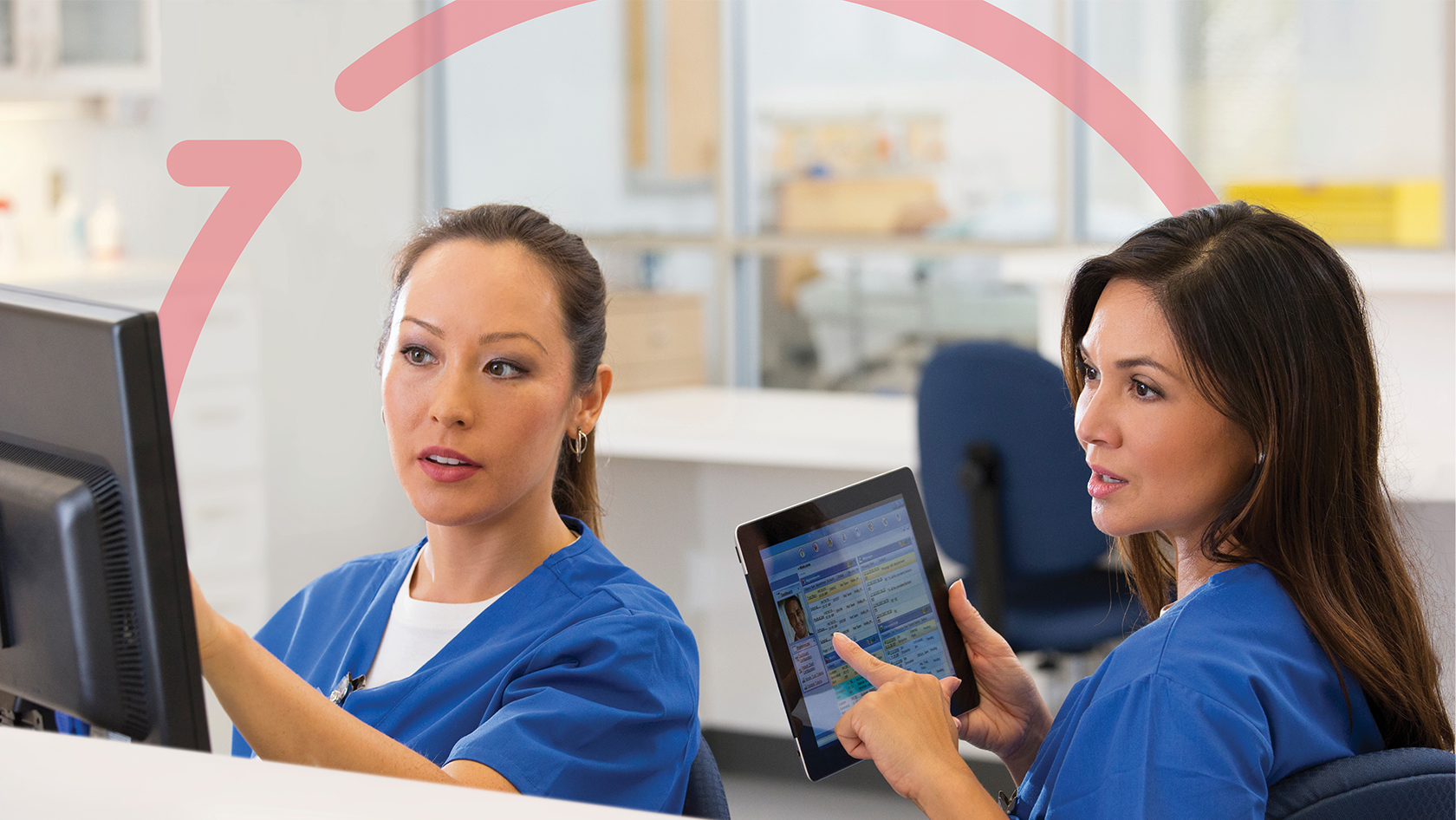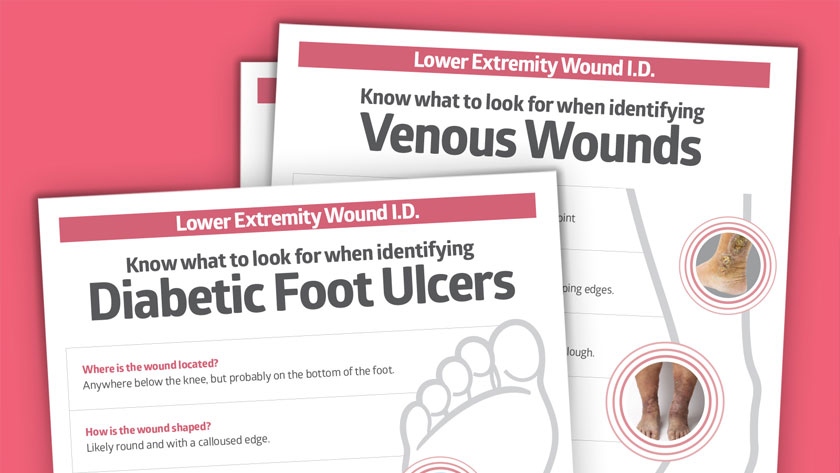Wound documentation: 4 ways digital photos help improve outcomes
How to make the most of technology for better wound assessment.

Delivering optimal wound care starts with an assessment, and it continues through ongoing wound documentation to help track healing progress. Accurate wound documentation helps determine appropriate treatment plans for wounds such as pressure injuries and venous leg ulcers.
One of the most useful methods of wound documentation is digital photography. Photographing wounds helps improve wound healing through increased efficiency, consistency, objectivity and patient adherence to treatment. We dig a little deeper into each of these areas and then offer some tips on how to take better wound images.
1
Make wound measurement more efficient
Measuring a wound’s length, width and depth with traditional means, such as paper rulers, takes time and can often involve more than one caregiver. It might also be uncomfortable for an individual, depending on where the wound is and the person’s mobility. With digital photography, caregivers can visually capture the wound with less stress to the patient or resident. Greater measurement accuracy translates to better treatment, which can speed healing and allow caregivers to take care of more wounds.
2
Increase consistency in wound measurement
In addition to boosting efficiency, digital wound photography provides a point of consistency that helps track wound progress. Having a consistent point of reference is key when it comes to determining how a specific treatment may be working or not working. See our useful tips in the list below to help ensure each caregiver photographs the wound in a way that makes it easier to compare photos over time.
Tips to taking better wound care photographs
Here are some important steps that can help caregivers successfully photograph wounds.
- Use the same digital camera for successive images of the same wound
- Take note of the image resolution and zoom level on the camera, so subsequent caregivers will be able to use the same settings
- Use the same light source and brightness level of the space
- Have the camera at the same angle, distance, rotation and height from the wound
- Choose either pre- or post-debridement for all images in a sequence
- Choose a naming convention and put case identification, number or date in the image
- Position the wound in the same way as previous images
- Include references markers such as patient code, date and measurement scale wherever possible
3
Achieve more objectivity for wound assessment
Caregivers in both acute and post-acute care facilities are busy and opportunities for accurate wound assessment might get missed. Digital photography reduces room for interpretation and avoids some of the distractions from environmental factors. As digital photographs and newer technologies allow for better accuracy, skin and wound assessments become less subjective and more objective, which leads to better wound outcomes.
4
Support better patient adherence to treatment
When wound care patients can see their wound more clearly—and the changes that take place after treatment—they are more likely to take responsibility for continuing wound therapies. For example, if a diabetic foot ulcer is difficult for a patient to see on the bottom of their foot, they might not realize the severity of the wound, especially because of the neuropathy often associated with diabetes. When a caregiver can share a photograph of the wound with the patient, it may lead to better adherence to healing therapies. Sharing the photos as the wound gets smaller reinforces ongoing treatment.
Help control infection
Be sure to take precautions to help prevent healthcare-associated infections when documenting wounds with digital images. Here are few things you can do:
- Practice proper hand hygiene by cleaning hands with an alcohol-based hand sanitizer
- Put on exam gloves before removing any existing wound dressing
- Remove gloves, clean hands again and don a fresh pair of gloves
- Take photos, being careful to keep camera or phone from touching the wound
- Wipe down camera or phone with sanitizing wipe
- Redress the wound
Key takeaway
It’s important to document wounds from initial assessment through the healing process. Digital wound photography provides one of the best ways to document wounds and help improve outcomes through better efficiency, consistency, objectivity and patient adherence to treatment.




